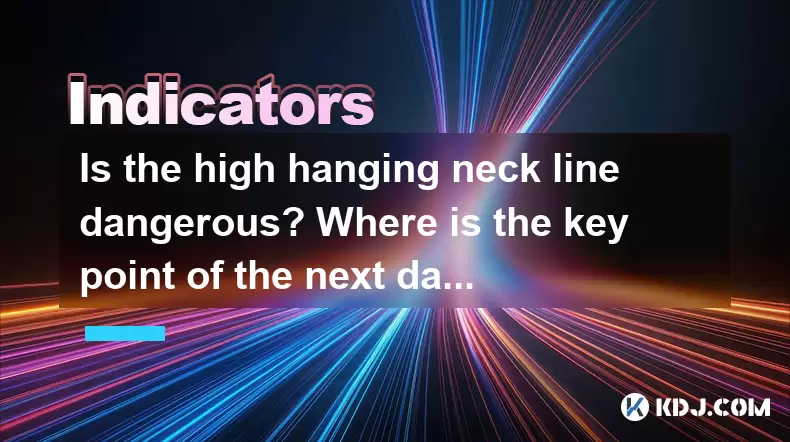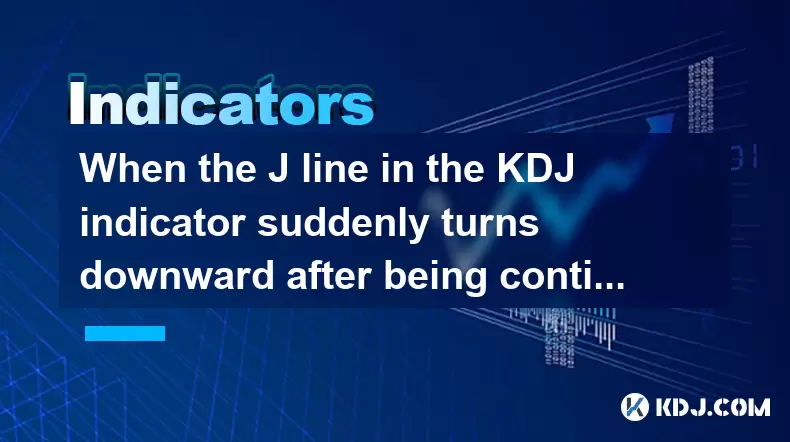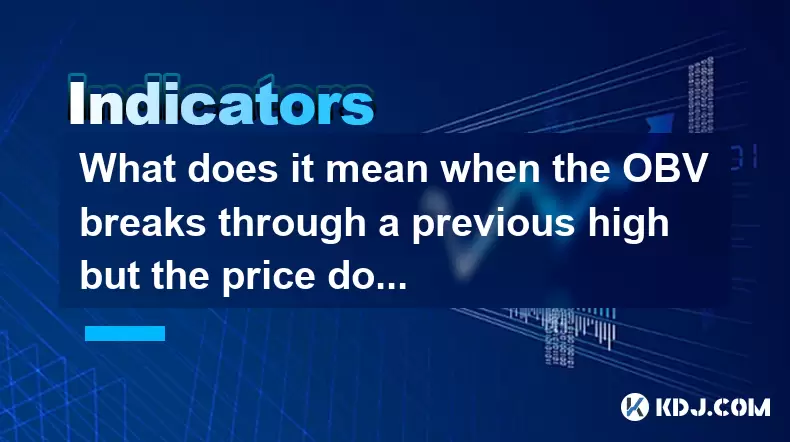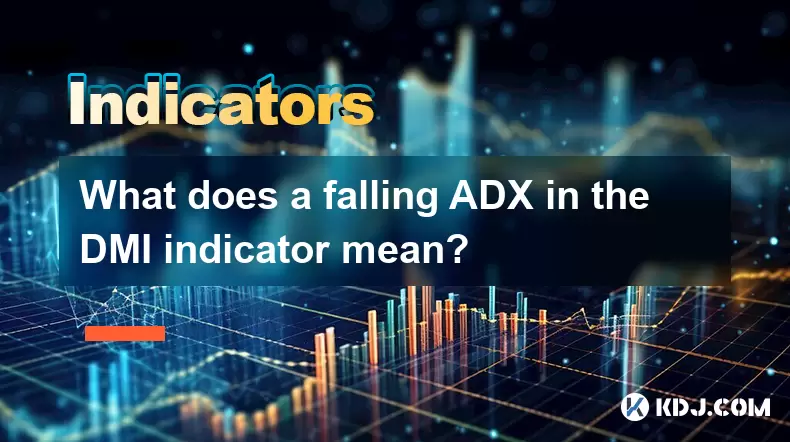-
 Bitcoin
Bitcoin $116700
0.24% -
 Ethereum
Ethereum $3973
4.34% -
 XRP
XRP $3.283
7.68% -
 Tether USDt
Tether USDt $1.000
0.01% -
 BNB
BNB $789.8
2.27% -
 Solana
Solana $176.2
3.31% -
 USDC
USDC $0.9999
0.00% -
 Dogecoin
Dogecoin $0.2238
5.14% -
 TRON
TRON $0.3389
-0.51% -
 Cardano
Cardano $0.7907
4.03% -
 Stellar
Stellar $0.4527
10.02% -
 Hyperliquid
Hyperliquid $41.07
4.27% -
 Sui
Sui $3.794
1.77% -
 Chainlink
Chainlink $19.49
10.40% -
 Bitcoin Cash
Bitcoin Cash $580.9
0.74% -
 Hedera
Hedera $0.2617
4.32% -
 Avalanche
Avalanche $23.41
3.67% -
 Ethena USDe
Ethena USDe $1.001
-0.03% -
 Litecoin
Litecoin $122.4
1.38% -
 Toncoin
Toncoin $3.364
1.49% -
 UNUS SED LEO
UNUS SED LEO $8.988
0.37% -
 Shiba Inu
Shiba Inu $0.00001295
2.82% -
 Uniswap
Uniswap $10.62
5.75% -
 Polkadot
Polkadot $3.922
4.46% -
 Dai
Dai $1.000
0.01% -
 Bitget Token
Bitget Token $4.494
2.15% -
 Monero
Monero $268.0
-1.30% -
 Cronos
Cronos $0.1523
3.68% -
 Pepe
Pepe $0.00001127
4.43% -
 Aave
Aave $285.4
4.85%
Is the high hanging neck line dangerous? Where is the key point of the next day's trend?
The high hanging neckline, a bearish continuation pattern, signals danger for bullish traders but offers opportunities for bearish ones to initiate short positions.
Jun 01, 2025 at 10:43 pm

The high hanging neckline is a term often used in the context of cryptocurrency technical analysis, particularly when examining candlestick patterns. It refers to a specific type of candlestick pattern that can indicate potential reversals or continuations in market trends. Understanding whether this pattern is dangerous and identifying the key points for the next day's trend are crucial for traders looking to make informed decisions.
Understanding the High Hanging Neckline Pattern
The high hanging neckline pattern is a bearish continuation pattern that typically occurs within a downtrend. It is characterized by two candles: the first being a long bearish candle, followed by a smaller bullish candle that opens lower but closes near the high of the previous day's bearish candle. The name "high hanging neckline" comes from the appearance of the second candle, which seems to hang off the neck of the first candle.
This pattern suggests that despite a brief attempt by bulls to push the price up, the bears maintain control, as the price fails to close above the midpoint of the previous bearish candle. This indicates that the downtrend is likely to continue, making the high hanging neckline a potentially dangerous pattern for those holding long positions.
Identifying the High Hanging Neckline
To identify a high hanging neckline pattern, traders should look for the following characteristics:
- A long bearish candle on the first day, indicating strong selling pressure.
- A smaller bullish candle on the second day, which opens lower than the previous day's close but closes near the high of the first day's candle.
- The second candle's close should not exceed the midpoint of the first day's bearish candle.
It is essential to confirm this pattern with other technical indicators, such as moving averages, volume, and other candlestick patterns, to increase the reliability of the signal.
Is the High Hanging Neckline Dangerous?
The high hanging neckline can be considered dangerous for bullish traders because it signals that the bearish trend is likely to continue. If a trader is holding a long position and sees this pattern, it may be a signal to exit the position to avoid potential losses.
For bearish traders, however, the high hanging neckline can be a confirmation of their bearish outlook. They may see this pattern as an opportunity to add to their short positions or initiate new ones, expecting the price to continue falling.
Key Points for the Next Day's Trend
After identifying a high hanging neckline, traders should focus on several key points to gauge the next day's trend:
- The opening price of the third day is crucial. If it opens below the close of the second day's bullish candle, it reinforces the bearish continuation signal.
- The volume on the third day should be monitored. Higher volume on a downward move can confirm the bearish trend, while lower volume might suggest a lack of conviction in the bearish move.
- The price action relative to support levels is important. If the price breaks below a key support level, it can accelerate the downtrend.
Strategies for Trading the High Hanging Neckline
When trading based on the high hanging neckline pattern, traders can employ several strategies:
- Short Selling: Upon confirming the pattern, traders can initiate short positions, expecting the price to continue its downward trajectory.
- Stop-Loss Orders: To manage risk, traders should set stop-loss orders above the high of the second day's bullish candle. If the price moves above this level, it could indicate a false signal.
- Profit Targets: Traders can set profit targets at key support levels or use technical indicators like Fibonacci retracement levels to identify potential reversal points.
Risk Management and the High Hanging Neckline
Effective risk management is essential when trading based on the high hanging neckline pattern. Traders should:
- Determine the risk-reward ratio before entering a trade. A favorable risk-reward ratio can help justify the trade.
- Use position sizing to ensure that any potential loss is within the trader's risk tolerance.
- Monitor the market closely after entering a trade based on this pattern, as market conditions can change rapidly.
Conclusion and FAQs
While the high hanging neckline is a bearish continuation pattern that can signal danger for bullish traders, it also offers opportunities for bearish traders. Understanding the key points for the next day's trend and employing effective trading strategies can help traders navigate this pattern.
Frequently Asked Questions:
Can the high hanging neckline pattern occur in an uptrend?
The high hanging neckline is primarily a bearish continuation pattern and is most reliable when it occurs within a downtrend. While it can theoretically appear in an uptrend, its significance as a bearish signal is diminished in such contexts.How can I confirm the high hanging neckline pattern?
To confirm the high hanging neckline pattern, traders should look for additional bearish signals from other technical indicators, such as bearish divergence on the RSI, a break below key support levels, or increased bearish volume. These confirmations can increase the reliability of the pattern.What should I do if the price breaks above the high of the second day's bullish candle?
If the price breaks above the high of the second day's bullish candle, it could indicate a false signal from the high hanging neckline pattern. In this case, traders should consider exiting any short positions and reevaluating their strategy, as the bearish continuation may not materialize.Are there other candlestick patterns that can complement the high hanging neckline?
Yes, other bearish candlestick patterns like the bearish engulfing, dark cloud cover, and evening star can complement the high hanging neckline. These patterns can provide additional confirmation of a bearish trend, increasing the confidence in the high hanging neckline signal.
Disclaimer:info@kdj.com
The information provided is not trading advice. kdj.com does not assume any responsibility for any investments made based on the information provided in this article. Cryptocurrencies are highly volatile and it is highly recommended that you invest with caution after thorough research!
If you believe that the content used on this website infringes your copyright, please contact us immediately (info@kdj.com) and we will delete it promptly.
- Coinbase, Cosmos, and dYdX: Navigating the Crypto Currents
- 2025-08-09 06:30:16
- BNB Price, Altcoins, and Predictions: What's the Buzz?
- 2025-08-09 06:30:16
- Crypto Presale Projects Primed for Gains in 2025: A New Yorker's Take
- 2025-08-09 06:50:15
- Ruvi AI: The Millionaire Maker Poised for a Price Spike?
- 2025-08-09 06:50:15
- Cold Wallet, CoinMarketCap, Cardano & XRP: Navigating Crypto's Next Big Wave
- 2025-08-09 07:10:15
- Hedera (HBAR) Price Surge: Market Cap Soars, What's Next?
- 2025-08-09 07:10:15
Related knowledge

When the J line in the KDJ indicator suddenly turns downward after being continuously overbought, does it indicate a top?
Aug 09,2025 at 06:35am
Understanding the KDJ Indicator and Its ComponentsThe KDJ indicator is a momentum oscillator widely used in cryptocurrency technical analysis to ident...

What does it mean when the TRIX indicator suddenly diverges downward after a long period of convergence?
Aug 09,2025 at 12:56am
Understanding the TRIX Indicator in Cryptocurrency TradingThe TRIX indicator, or Triple Exponential Average, is a momentum oscillator used in technica...

What does it mean when the OBV breaks through a previous high but the price doesn't reach a new high?
Aug 09,2025 at 07:57am
Understanding the On-Balance Volume (OBV) IndicatorThe On-Balance Volume (OBV) is a technical analysis indicator that uses volume flow to predict chan...

Why is the rise limited after a MACD bottoming divergence?
Aug 09,2025 at 12:07am
Understanding MACD Bottoming Divergence in Cryptocurrency TradingThe MACD (Moving Average Convergence Divergence) is a widely used technical indicator...

What does it mean when the OBV continues to rise but the price is trading sideways?
Aug 08,2025 at 10:35pm
Understanding On-Balance Volume (OBV)On-Balance Volume (OBV) is a technical indicator that uses volume flow to predict changes in stock or cryptocurre...

What does a falling ADX in the DMI indicator mean?
Aug 09,2025 at 03:16am
Understanding the ADX and DMI Indicator FrameworkThe DMI (Directional Movement Index) is a technical analysis tool developed by J. Welles Wilder to id...

When the J line in the KDJ indicator suddenly turns downward after being continuously overbought, does it indicate a top?
Aug 09,2025 at 06:35am
Understanding the KDJ Indicator and Its ComponentsThe KDJ indicator is a momentum oscillator widely used in cryptocurrency technical analysis to ident...

What does it mean when the TRIX indicator suddenly diverges downward after a long period of convergence?
Aug 09,2025 at 12:56am
Understanding the TRIX Indicator in Cryptocurrency TradingThe TRIX indicator, or Triple Exponential Average, is a momentum oscillator used in technica...

What does it mean when the OBV breaks through a previous high but the price doesn't reach a new high?
Aug 09,2025 at 07:57am
Understanding the On-Balance Volume (OBV) IndicatorThe On-Balance Volume (OBV) is a technical analysis indicator that uses volume flow to predict chan...

Why is the rise limited after a MACD bottoming divergence?
Aug 09,2025 at 12:07am
Understanding MACD Bottoming Divergence in Cryptocurrency TradingThe MACD (Moving Average Convergence Divergence) is a widely used technical indicator...

What does it mean when the OBV continues to rise but the price is trading sideways?
Aug 08,2025 at 10:35pm
Understanding On-Balance Volume (OBV)On-Balance Volume (OBV) is a technical indicator that uses volume flow to predict changes in stock or cryptocurre...

What does a falling ADX in the DMI indicator mean?
Aug 09,2025 at 03:16am
Understanding the ADX and DMI Indicator FrameworkThe DMI (Directional Movement Index) is a technical analysis tool developed by J. Welles Wilder to id...
See all articles

























































































